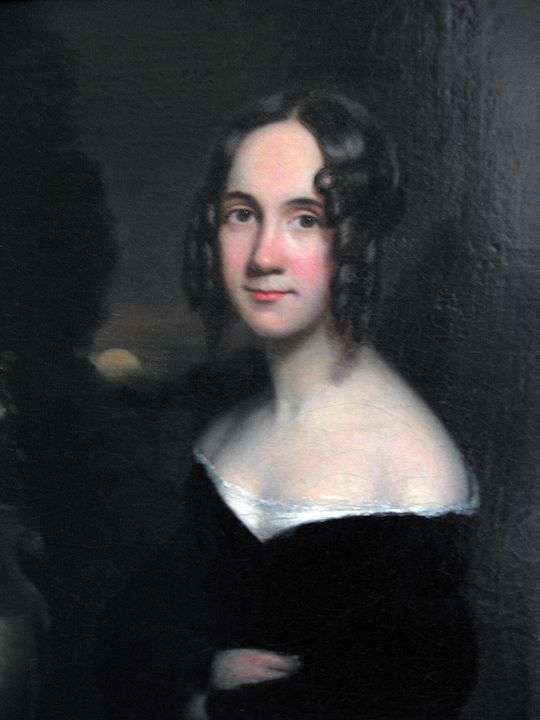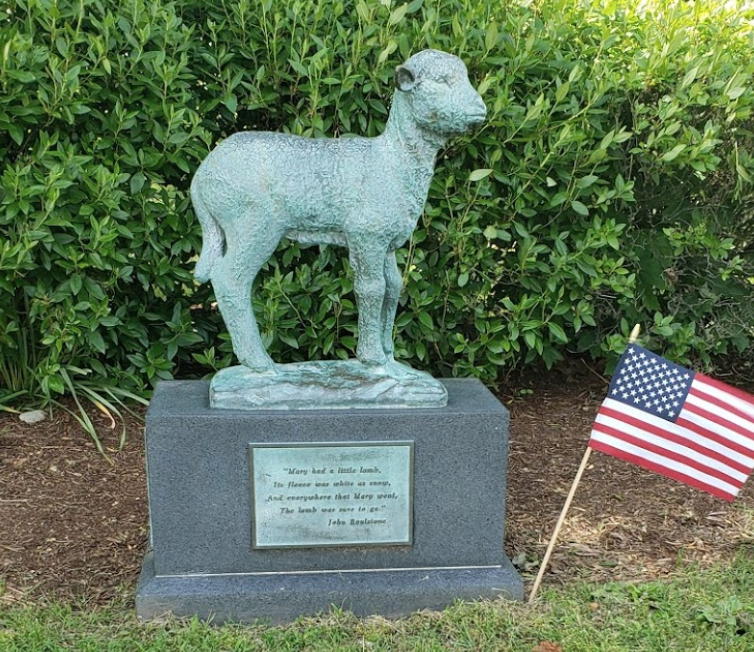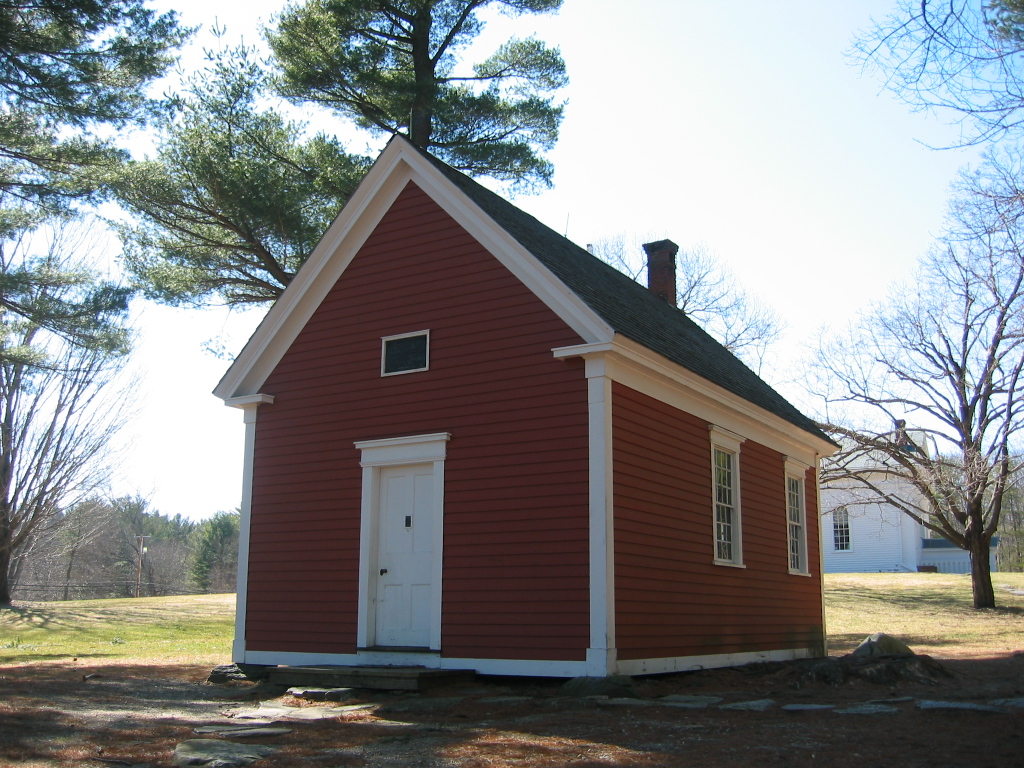It’s often the first nursery rhyme we learn as children. One of the first that our parents whisper into our ears as they rock us to sleep.
“Mary had a little lamb, little lamb, little lamb. Mary had a little lamb whose fleece was white as snow.”
Mick Jagger (maybe?)
What will blow your mind is that this little rhyme may be based on true events, and there was a huge controversy as to who actually wrote the poem.
The nursery rhyme was originally published by the Boston publishing firm Marsh, Capen & Lyon on May 24, 1830. It was credited to Newport, New Hampshire activist, writer and editor Sarah Josepha Hale and included in her poetry book Poems for Our Children, with the original title “Mary’s Lamb.“

The events that led to the poem were described in one of Hale’s biographies as being very true:
“Sarah began teaching young boys and girls in a small school not far from her home [in Newport, New Hampshire]. It was at this small school that the incident involving ‘Mary’s Lamb’ is reputed to have taken place. Sarah was surprised one morning [in 1815] to see one of her students, a girl named Mary, enter the classroom followed by her pet lamb. The visitor was far too distracting to be permitted to remain in the building and so Sarah ‘turned him out.’ The lamb stayed nearby till school was dismissed and then ran up to Mary looking for attention and protection. The other youngsters wanted to know why the lamb loved Mary so much and their teacher explained it was because Mary loved her pet.
Sarah Josepha Hale: A New England Pioneer, 1788-1879 by Sherbrooke Rogers
And so it went until 1876, when a 70-year old Mary Tyler (formerly Mary Sawyer) made the claim that she was the “Mary” from the poem. She claims she had a pet lamb and that one day it did in fact follow her to school one day… school one day.
Just like the poem says, the lamb made a ruckus. Mary Tyler then filled in a few holes that the poetry left out:
“Visiting school that morning was a young man by the name of John Roulstone, a nephew of the Reverend Lemuel Capen, who was then settled in Sterling [Massachusetts]. It was the custom then for students to prepare for college with ministers, and for this purpose Roulstone was studying with his uncle. The young man was very much pleased with the incident of the lamb; and the next day he rode across the fields on horseback to the little old schoolhouse and handed me a slip of paper which had written upon it the three original stanzas of the poem …”
The Story of Mary’s Little Lamb (1928) by John Roulstone, Mary Sawyer and her friends
However, beyond her memory of this encounter, there is no physical evidence of this happening: no slip of paper, no notes or letters, no lamb bones or chops. Roulstone couldn’t corroborate Sawyer’s story because he tragically died during his freshman year at Harvard. But she maintained that the first three verses of the poem were identical to the one Roulstone allegedly wrote.
Beyond that, the first appearance of this nursery rhyme is from Sarah Josepha Hale’s book, and the following year in 1831 in Lowell Mason‘s “Juvenile Lyre” song book where he put the poem to a melody. This book was the first of its kind to be published with the intent of it being distributed to schools. The first music book for students! [Side note: Mason’s most famous work is a little song we sing at Christmas time… Joy to the World]
Despite this evidence, the town of Sterling, Massachusetts, much to chagrin of Newport, New Hampshire, has kept this controversy alive by erecting a 2-foot-tall statue and historical marker representing Mary’s Little Lamb in the town center with the credit going to John Roulstone.

And how did Sarah Josepha Hale and Mary Sawyer feel about the whole situation? They both maintained that their versions of events were true with signed letters and sworn statements, Hale doing so up until a few days before her death in 1889 at age 90. In her life though, Hale was a founder of Vasser College, the first women’s magazine, and almost single-handedly making Thanksgiving a national holiday. I’m guessing she wasn’t too bothered by this.
The two towns, Sterling and Newport, which are about 90 miles apart, continue to trade barbs every few years about which story is true.
The red school house where Mary Sawyer went to school was purchased and relocated to nearby Sudbury, Massachusetts by some guy named Henry Ford (he also published Mary Sawyer’s book).

Two notes that may make for a nerdy conversation piece at a party when you’re drunk on Smirnoff Ice:
1.) The melody we know it for today was actually taken from the minstrel tune “Goodnight Ladies” by Edwin Pearce Christy.
2.) In the 1870s and 1880s, Thomas Edison and Alexander Graham Bell were working on devices to record sound. In their earliest recordings, both men recited “Mary Had a Little Lamb.”

